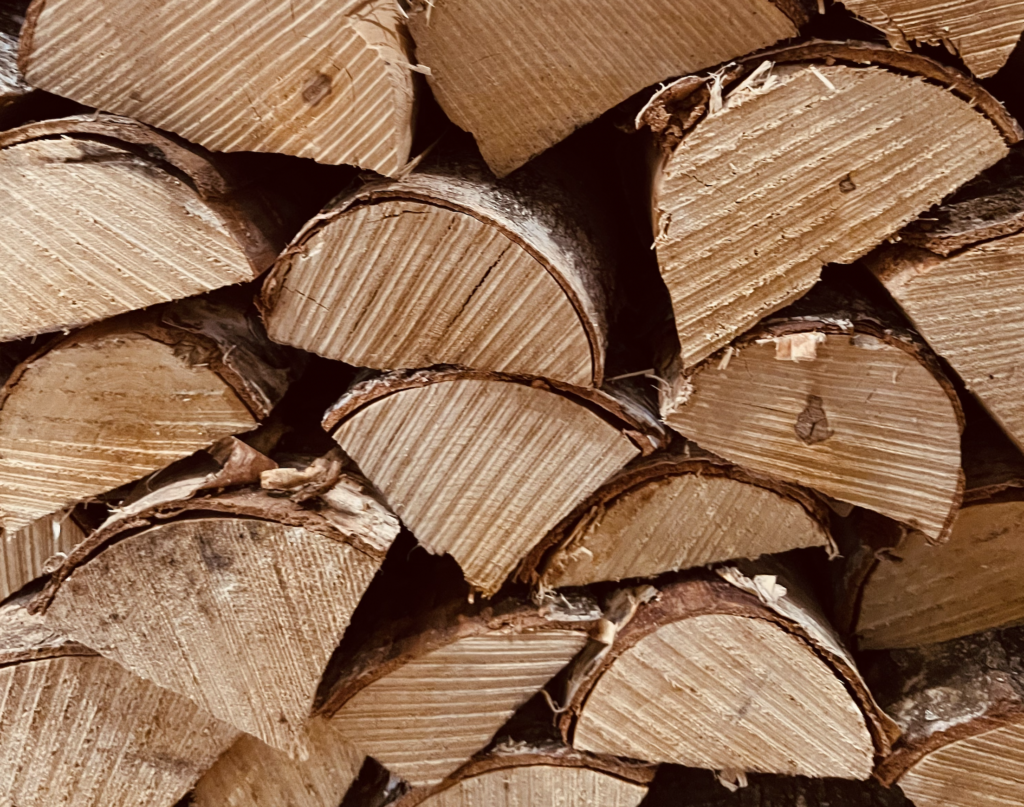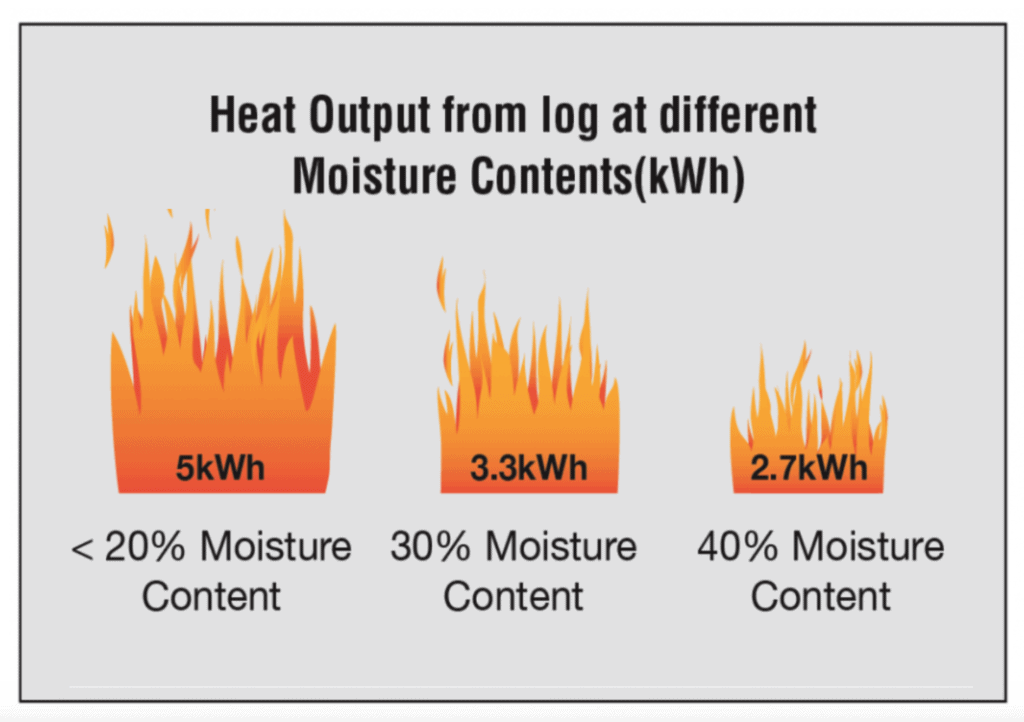Are Wood-Burning Stoves Bad for the Environment?
No, they are not. Here’s why.
There is a lot of misinformation being thrown around in the media, making it hard for people to really understand the key points they need to be aware of should they decide to burn wood.
The main problem:
The main problem is various media outlets make sensational, attention-grabbing headlines, and then once they draw a reader in, they mislead them with unfair and inaccurate comparisons. For example, one draws a comparison between an HGV and a stove:
“It has been widely claimed that a modern Ecodesign stove produces the same number of particulate emissions as 750 modern HGVs.”
Claims of an Ecodesign Ready Stove producing the same amount of particulate emissions as 750 modern HGVs is one startling headline the SIA has managed to explain away. The source of the original HGV figure was actually from a report by the European Environmental Bureau. This report looked at the amount of PM2.5 emissions given off by generating a GJ (gigajoule) of heat in a stove, compared to the amount generated by creating a GJ of power in an HGV. The claims which then came about from this research were founded on overly simplistic calculations taking permitted rates of emission but failed to consider either real-world use or non-exhaust emissions, such as tyres and brake dust, which produce huge amounts of PM2.5 emissions. Also, these permitted emissions rates rely on significantly differing measurement techniques.
It’s been reported that PM2.5 emissions from tyres and brakes can be up to 1,000 higher than from exhaust emissions.
Comparing apples with pears (as above) is misleading. It is important to look at the impact of real-world use, and that paints a very different picture.

Stoves Can Be Carbon Neutral – which is (very) good for the environment:
If used correctly, stoves can be carbon natural. Burning correctly seasoned wood on an Ecodesign stove can produce less carbon dioxide than if the wood was left to rot on the floor of a forest.
It’s been reported that worldwide, dead and decaying wood releases around 10.9 gigatons of carbon every year. This is around 115% of annual fossil fuel emissions.
If trees are planted at the same rate as they die or are cut down, you have a sustainable and renewable energy source. Trees capture carbon dioxide from the air. As water moves up the trunk and into the branches of the trees, along with the presence of sunlight, a process known as photosynthesis occurs. The carbon dioxide and water essentially mix, resulting in the release of oxygen back into the atmosphere. It can’t be emphasised enough, however – you must burn correctly seasoned wood and use a high-efficiency stove to produce the lowest carbon output. An open fire where you burn unseasoned wood will certainly not be carbon neutral.

Which appliance and how? The grey area:
One reason why stoves can be considered bad for the environment is that some burning wood practices are not good. For example, an open fire produces far more emissions than a high-efficiency stove. While a high-efficiency Ecodesign stove is over 80% efficient, an open fire can only achieve a figure closer to 20%. Burning wet wood will also increase emissions.
These variations in burning wood is what is giving ammunition to sensation-seeking journalists. They fail to highlight the differences in the various ways to burn wood or the fact that rotting wood creates a huge amount of carbon dioxide.
Considerations for the media/journalists:
1. Be aware of the vast differences in emissions from old stoves, new stoves, open fires etc
2. Avoid trying to compare two totally different emission producers – it often gives misleading information
3. Be aware the stove industry continues to evolve and develop stoves to be even greener and cleaner
4. Don’t tar “burning wood” with the same brush
Considerations for the public:
1. Only burn seasoned wood – look for the Ready to Burn logo
2. Use an Ecodesign stove – the efficiency differences between these and an old stove are huge
3. Make sure you don’t burn rubbish or anything else unsuitable for a stove
4. Make sure your chimney is regularly swept
5. Be aware your stove will only be an environmentally friendly way to keep warm if you operate it as intended.
By being aware and understanding what Ecodesign stoves are all about, we can then better educate people about the green credentials of burning wood.








